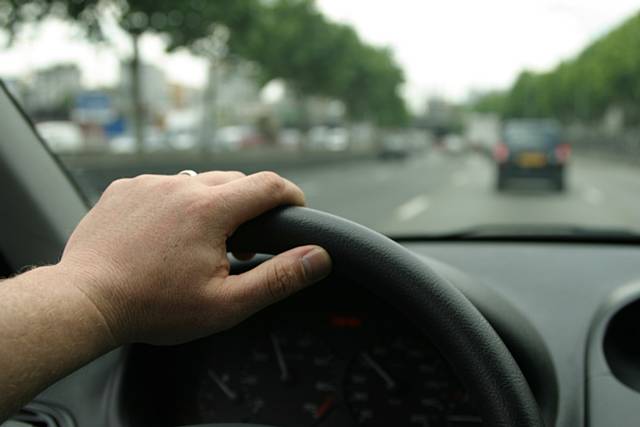In the month that saw Olympic gold medal winner, Bradley Wiggins, and his mentor, Shane Sutton both hospitalised after colliding with vehicles in separate incidents, the Jones & Jones Optometrists are helping to raise awareness of the importance of driving with good vision by urging people to have a sight test during Road Safety Week. Coordinated by charity BRAKE, Road Safety Week is the UK’s flagship road safety event which takes place from 19-25 November 2012.
 Good eyesight is essential for safe driving and poor vision can impair your driving performance. New research shows that drivers with poor eyesight are 62% more likely to stray out of their lane when driving. Road crashes caused by poor driver vision cost the UK an estimated £33 million a year and result in nearly 2,900 casualties, with official tests to identify and rectify the problem in need of urgent reform. You are responsible for ensuring that your vision meets the specified minimum requirements every time that you drive.
Good eyesight is essential for safe driving and poor vision can impair your driving performance. New research shows that drivers with poor eyesight are 62% more likely to stray out of their lane when driving. Road crashes caused by poor driver vision cost the UK an estimated £33 million a year and result in nearly 2,900 casualties, with official tests to identify and rectify the problem in need of urgent reform. You are responsible for ensuring that your vision meets the specified minimum requirements every time that you drive.
The current UK standard for Group 1 (car and motorcycle) drivers is the ability to read in good light (with the aid of spectacles or contact lenses, if worn) a number plate at:
- 20m for vehicles displaying the new-style number plate
- 20.5m for vehicles displaying the old-style number plate
Different standards apply to Group 2 (lorry and bus) drivers, who require a documented assessment of vision to renew their licence.
Here are some common eye conditions and the effect they might have on your driving ability:
|
Condition |
Incidence |
Common Symptoms |
Effect on |
| Short-sight (Myopia) |
Incidence varies by age or ethnicity – myopia usually develops in childhood or adolescence | Blurred distance vision |
Uncorrected myopia can cause problems reading road signs or street names Twilight or night driving can be difficult |
| Long-sight (Hypermetropia) |
Incidence varies by age Spectacles may be needed full-time or just for near vision |
Uncorrected long-sightedness can cause blurred distance vision and headaches |
Uncorrected long sight can cause difficulty reading street names or signs or eyes can feel tired |
| Cataract |
2.5 million people aged 60 and over |
Cloudy, hazy vision Glare from bright lights Change in colour perception |
Difficulties regularly reported with night driving or in poor weather or bright sunlight |
| Glaucoma |
2% of population over 40, rising to 10% over 75
|
Often without any symptoms in the early stages May have haloes about lights Acute glaucoma attack can be severely painful |
Glare or difficulties driving at night Loss of peripheral vision can cause difficulties maintaining lane |
| Macular Degeneration |
1.49 million in UK2 (mostly aged 65 and over) |
Problems seeing detail, vision blurred in centre or distorted vision |
Problems with night driving or seeing road signs or recovery from bright light |
| Diabetes–Related Eye Disease |
748,000 have diabetic retinopathy |
Variable or blurred vision Can be without symptoms |
Problems often reported with night driving |
There are a range of other eye conditions that can affect driving performance. If you notice or suspect any change in your vision, do not delay, give us a ring on 01446 400015 for an appointment.
